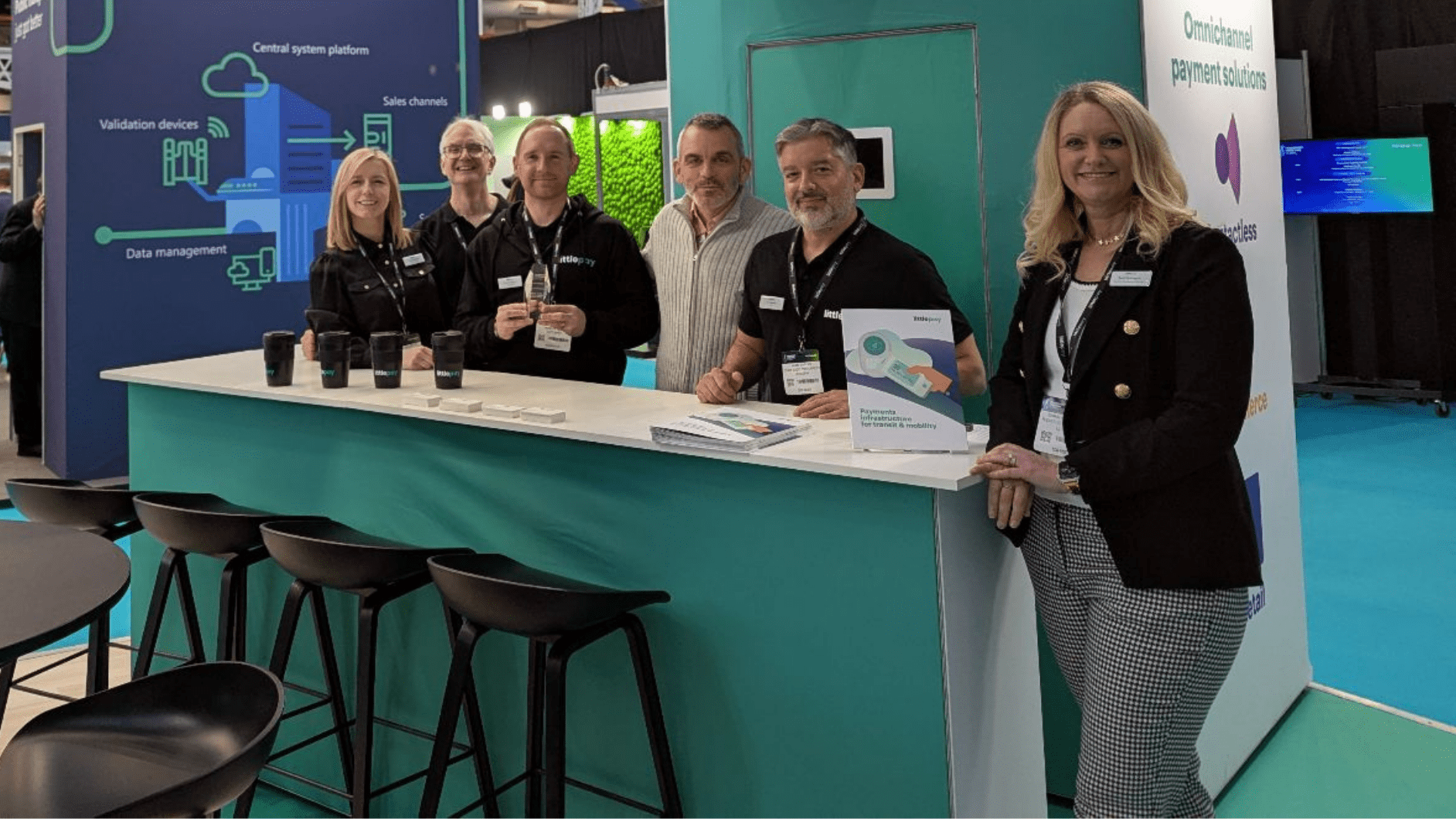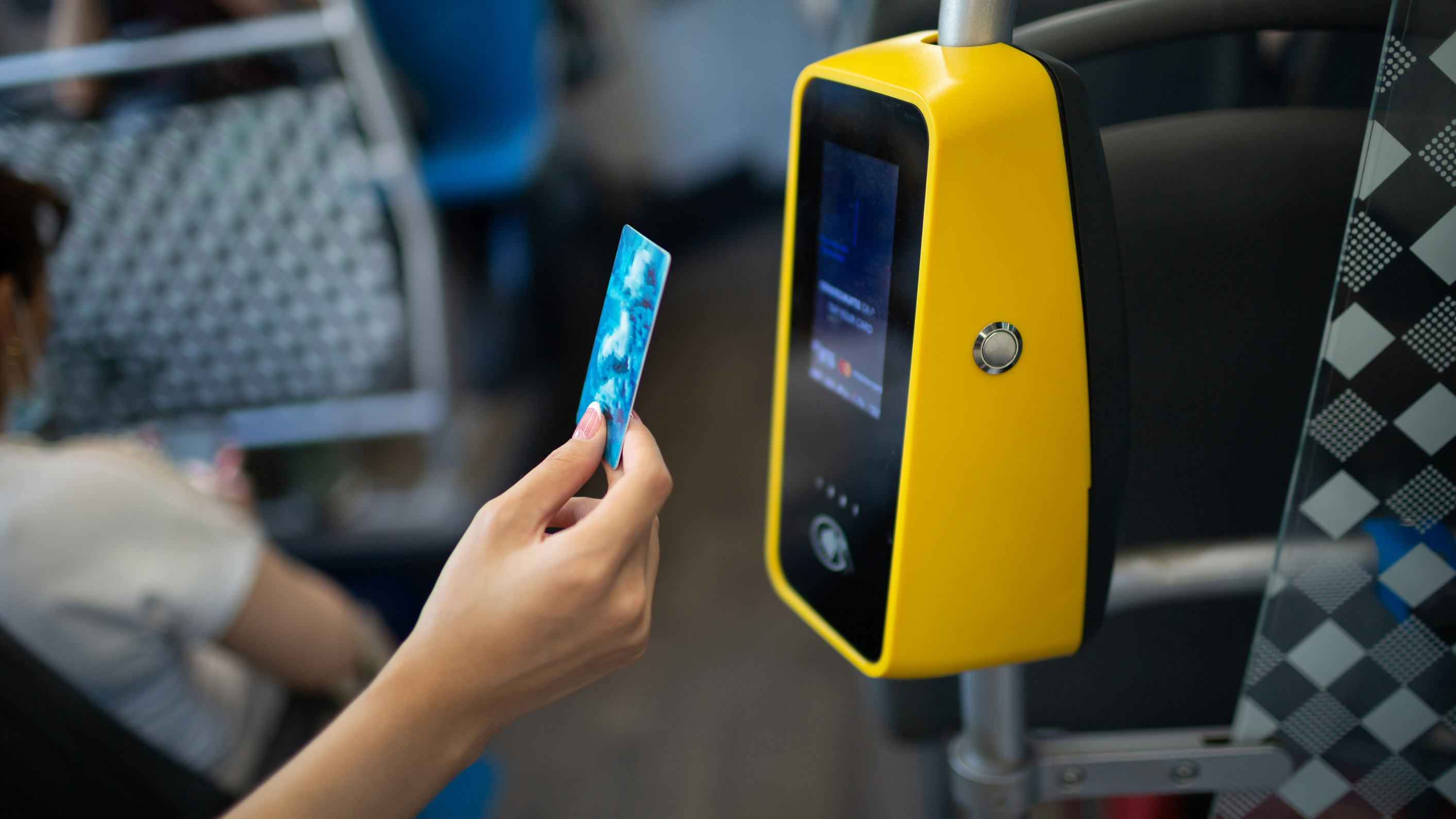How to procure a contactless fare collection system
by Andreea

How to procure a contactless fare collection system
Procuring contactless ticketing for public transit isn’t straightforward. There may be regulatory hoops to jump through, and there are several ways to approach finding the right provider. Operators need to be sure they’re getting the right technical expertise for the job and a system that can handle the demands of their network. In tandem with this, cost and return on investment are paramount.
The first step in procuring a contactless ticketing system is deciding which route to take.
3 ways to procure contactless open loop payments for transit
- Private procurement: This means approaching technical providers via a closed tender, asking them to submit a bespoke solution based on your agency’s needs, and choosing the option that emerges as the best.
- Public procurement: This is carried out via government frameworks like SAM in the UK or California’s Mobility Marketplace. These frameworks gather together resources and contracts from multiple vendors. Therefore, offering transit agencies a one-stop shop for ticketing and payment systems.
Government frameworks cut out the hard work of putting together a tender. Operators can choose the right open loop system for them from a range of pre-configured contracts. You can read more about how California achieved this in our Roadmap to Contactless.
- Direct procurement: In some cases, it may be possible to procure a transit payment system from a company directly. However, that is an option that is really only viable if you’re looking for a modular, plug-and-play system.
The single vendor route – is it really simpler?
The trouble with a typical tender process is that it can often skew towards systems that are overly complex. This can happen with any software solution, but especially with ones that include as many interwoven components as contactless fare collection.
Procurement, especially by larger transit agencies, is often approached with a single vendor in mind to supply everything. On the face of it this can seem easier. With one firm supplying the system, communication and accountability is simple.
However, there are several drawbacks to chasing a single vendor. The first is that it can often end up being the most costly option. Suppliers who can create every element of a contactless system under one roof will typically command the heaviest fees. There’s also a potentially higher risk as you’re reliant on one organisation for everything.
Tenders are usually a ‘one off’. Therefore, suppliers will often try to pitch a complicated system that does more than anyone else. But it’s difficult to find a single firm that specialises in all of the aspects needed for contactless ticketing. The result is usually a system that excels where their expertise lies, but doesn’t deliver as well as it can at other points in the chain.
Breaking down a procurement into ‘lots’
Breaking the procurement down into components opens the door for smaller firms that specialise in each area, or allows them to pool resources as a consortium. There’s a higher likelihood of finding the depth of expertise you need for the system as a whole. The collaborative solution may be more creative than one firm can manage alone.
If speed of deployment is an essential factor, you can directly procure plug-and-play solutions and get up and running quickly. Modular systems like Littlepay’s have pre-integrated components that are already fully compliant, tried and tested.
This means that, beyond signing standard contracts, there’s very little legwork involved in ‘switching on’ this kind of solution. In fact, it’s a way to leap over many of the perceived hurdles between your organisation and contactless EMV payments.
This multi-tenanted, cloud based infrastructure brings cost-efficiencies too. There is no upfront cost – other than ensuring the payment reader devices you’re using are capable of receiving EMV card taps. In some cases, upgrades will be required.
Top tip: include a trial in your procurement process
Rolling out a new contactless ticketing system across a public transport network can be daunting. There are a number of uncertainties at play, from the technology itself and the staff operating it to the reception from passengers.
One of the best ways to lower that risk is to incorporate a pilot into your procurement process, backed up by a marketing campaign that educates riders on the new system and how to use it. By trialling the system on select routes or in specific regions first, you can see how it works before committing to a full delivery.
Modular solutions are particularly suited to running a proof of concept trial because they’re ready to be deployed with minimal integration. Once the system is in place on a portion of the network, operators can get used to the technology themselves and gather passenger and driver feedback.
If you do then commit to the system in full, the pilot will have provided a valuable opportunity to iron out any teething problems. With a qualified solution and real data to learn from, the chances of a successful rollout will be much higher.
To learn more about the future of contactless payments for public transport, read our fifth blog in the series on how to improve passenger experience with a contactless toolkit.
Trending Topics

Project Highlights: Washington DC’s record breaking upgrade to accept open loop payments

Nevada County Connects leverages Cal-ITP’s Mobility Marketplace to elevate the payment experience across its bus network

 Insight
Insight
 Knowledge
Knowledge
 News
News



